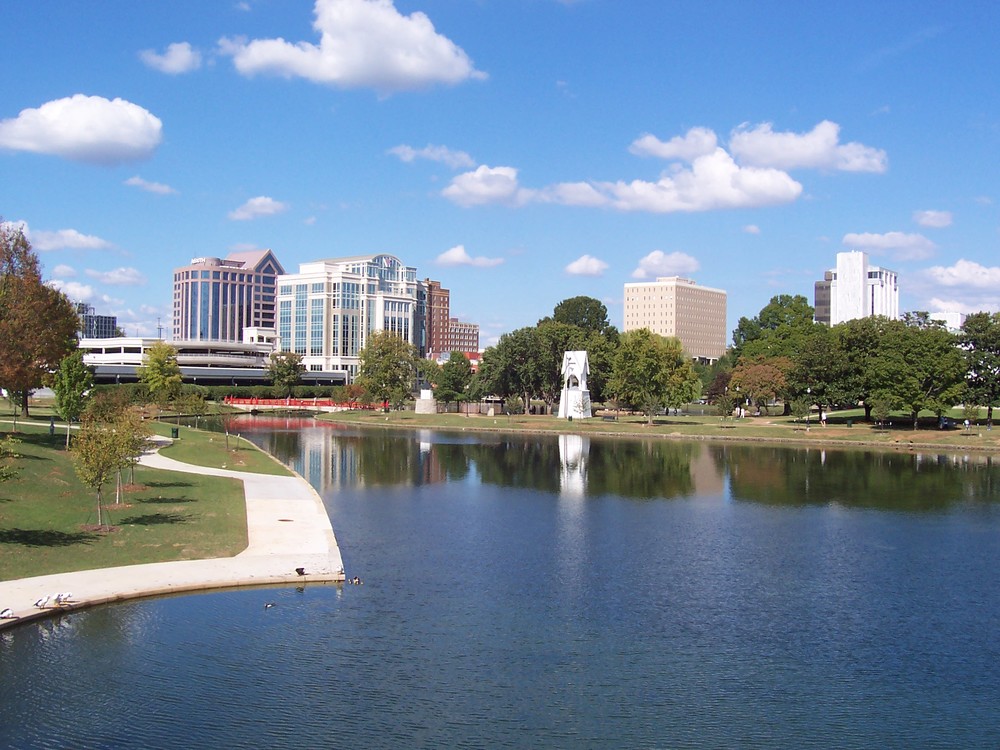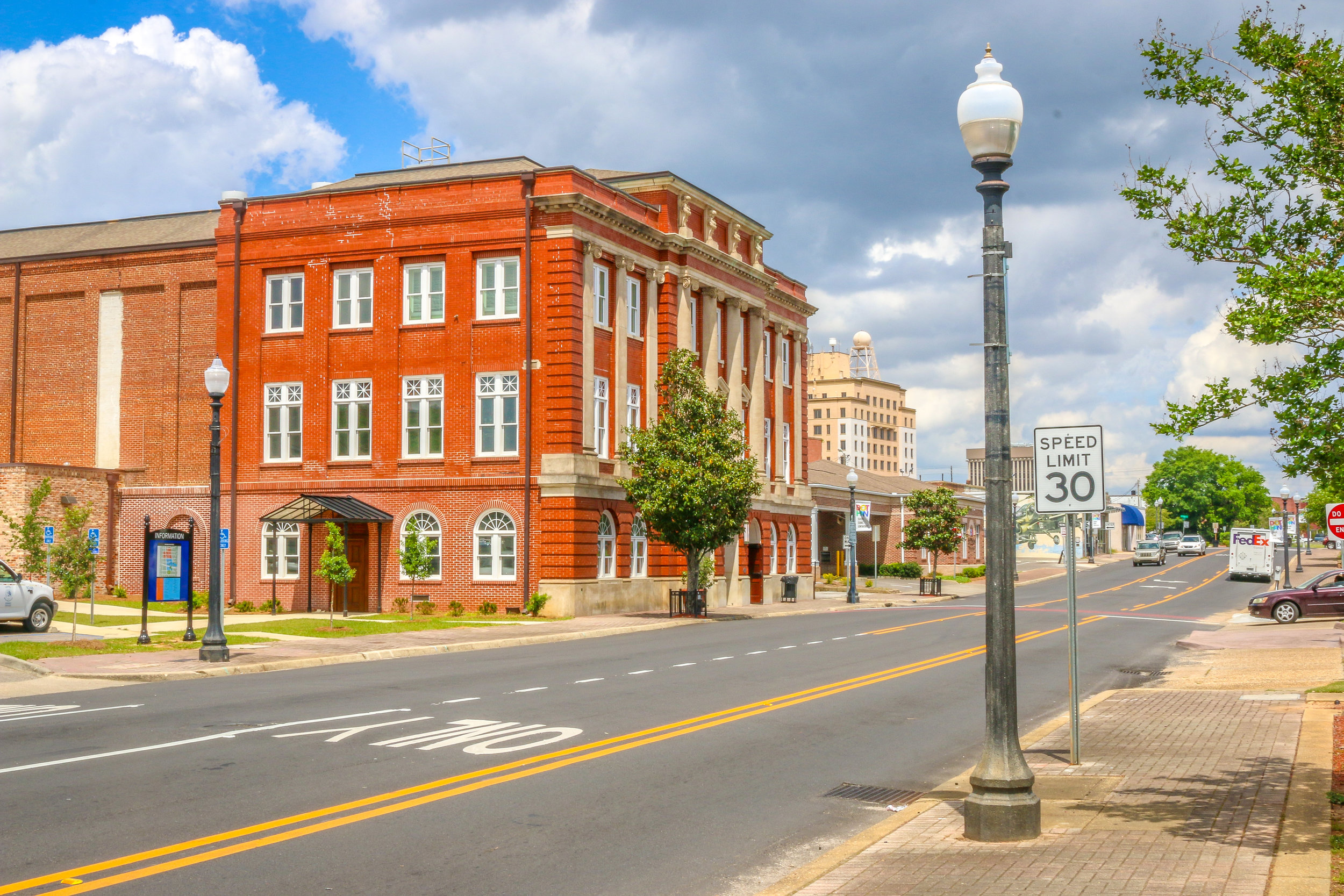Residential real estate markets in Alabama passed a significant benchmark in May. The number of months of supply statewide dropped below 4 for the first time since the Alabama Center for Real Estate started collecting data in 2000. During May there were 3.9 months of supply in the state, while there were 4.1 months of supply nationwide. Of major metropolitan areas, Huntsville is the lowest with 2.3 months of supply while Lee County (2.0 months of supply) is the lowest among mid-size metro areas. Months of supply is calculated by dividing the current number of homes listed for sale (24,720) by the total number of closed transactions (6,306). In other words, at the May sales rate it would take approximately 3.9 months to sell all of the current inventory.
Nationwide, existing home sales fell 3.4 percent during May. In Alabama, however, total residential sales increased 8.2 percent from one year ago. Lee County led all Alabama markets in total sales growth. The 274 units sold in the area represent a 36.3 percent increase from the 201 sales in May 2017. This growth was fueled in part by a strong new construction market in Lee County. Of the 274 sales in the area, 61 (22.3 percent) were newly constructed homes which is well above the statewide new construction percentage of 12 percent. Other markets that saw significant sales growth during May were Mobile with 32.8 percent, Gadsden with 20.5 percent, and Calhoun County with 14.7 percent.
Home price appreciation has been the topic of many headlines in the real estate world in recent months. Some are ringing warning bells that markets are potentially overvalued, while others question the sustainability of growth rates in the 7-9 percent range. Recent growth rates in home prices are alarming, however, considering that homes prices nationwide have averaged 2.5 percent growth per year since 1950. The big question is how long can growth rates in the 7-9 percent range last?
During May, the median sales price across the country was $264,800, an increase of 4.9 percent from one year ago. With a median sales price of $395,800, the western region of nation is 43.5 percent above the next most expensive market, the northeast ($275,900). This is followed by the south region at $233,100 and the midwest at $209,900. Fueled by strong home price appreciation in large west coast markets like San Francisco and Seattle, the west also led the nation in median sales price growth at 7.2 percent.
In Alabama, the statewide median sales price was $165,688 during May, an increase of 10.7 percent. Although Alabama’s median price trails that of the south as a whole, median sales prices grew at a faster pace than the south as a whole, which grew 4.5 percent from one year ago. The highest growth rates in median sales price were, surprisingly, from Alabama’s mid-size metro areas and non-metro areas. The median sales price average in Alabama’s major metropolitan areas (Birmingham, Huntsville, Mobile, and Montgomery) during May was $178,659, a 5.1 percent increase from one year ago. Midsize metro areas increased 11.3 percent year-over-year to a median sales price average of $171,427, while non-metro areas increased 12.5 percent to $157,538. For a full breakdown of median sales price data, scroll to page 5 of the May Statewide Report.
Nationwide, inventory levels dropped 6.1 percent from May 2017. Alabama’s inventory decline was slightly larger as May inventory levels were down 7.3 percent from one year ago. The strong sales growth in Alabama, however, becomes even more impressive when one takes into account low inventory levels. Although statewide inventory increased 2.8 percent from April, inventory decreased 7.3 percent May 2017. Mid-size metro areas saw less inventory decline as it dropped 5.7 percent from one year ago, while non-metro areas had the smallest inventory declines at 1 percent.
Stuart Norton is the Research Coordinator at the Alabama Center for Real Estate.





